See the beauty of the universe through Hubble's lenses.
On April 24, 1990, NASA launched one of its most successful missions since the Apollo lunar program, the Discovery STS-31 mission with astronauts Lauren Shriver, Charles Bolden, Stephen Hawley, Bruce McKendels. and Catherine Sullivan.
Their task was to launch the Hubble Space Telescope, created by the United States and Europe. This marked the beginning of a glorious age of photography and space exploration that continues to this day.
Most people know the history of Hubble superficially – “they fired the telescope and then NASA realized there was a defect.” It took several weeks before Hubble sent the first photos and the project management found a spherical aberration. Until their return, the Discovery astronauts did not know about the defect.
However, their mission was far from smooth. After the completion of the Apollo lunar missions, NASA astronauts typically flew in low Earth orbit, at an altitude of about 300-400 kilometers. But Hubble was to be launched into a much higher orbit to avoid falling to Earth due to friction with the Earth’s atmosphere.
Discovery rose 600 kilometers above the earth’s surface! This allowed astronauts to capture large and difficult-to-see geographical structures from low altitudes. Two IMAX cameras were loaded onboard the shuttle, which led to the release of the movie “Fate in Space” in 1994.
Although there are no problems with flying at such altitudes and filming the Earth, the real issues came with the removal of Hubble from the cargo compartment of Discovery. One of the telescope’s solar panels refused to open.As ground commanders considered commanding Hubble to fully deploy its solar panels, astronauts Bruce McKendalls and Catherine Sullivan were preparing for an emergency spacewalk. In the end, there was no over-the-counter activity – the solar panels were deployed by sending commands from Earth.
After Hubble was launched into orbit, the shuttle moved some distance away as ground crews began checking its systems. Only the most basic systems responsible for the correct orientation of the telescope, flight control, and electricity generation were being inspected – the activation of scientific instruments and the first photos were planned for later.
That’s why the astronauts never knew about the mirror defect. The good news was that no other problem was identified either. Otherwise, the Discovery had to approach, retrieve the Hubble, return it to the cargo hold, and return it to Earth.
Discovery returned safely on April 29, 1990, and the astronauts, like everyone else on the NASA team, were looking forward to receiving the first image. The star HD96755 was photographed and sent to Earth on May 20.

Although the Hubble image was arguably better than that of ground-based telescopes, the subject was blurry. The problem was found to be in the telescope mirror. Prior to the launch, it was considered to be the most precisely polished mirror, but it turned out that it was 2.2 microns flatter than expected – ie. with 1/50 of a human hair. Trivia, you say. But this trifle leads to a serious spherical aberration.

Although the Hubble image was arguably better than that of ground-based telescopes, the subject was blurry. The problem was found to be in the telescope mirror. Prior to the launch, it was considered to be the most precisely polished mirror, but it turned out that it was 2.2 microns flatter than expected – ie. with 1/50 of a human hair. Trivia, you say. But this trifle leads to a serious spherical aberration.
But NASA is not a space agency that will ever give up. Soon, they came up with a plan to save the space telescope. Of course, the plan took time – in this case, three years. Three years of jokes and devastating criticism! But during this time the COSTAR optics correction device was created. NASA’s choice for the design of the instrument fell on Ball Aerospace, which for the next 26 months worked tirelessly.
Finally, in December 1993, the Endeavor shuttle took off with astronauts Richard Cowie, Kenneth Bauersocks, Story Musgrave, Claude Nicolier, Jeffrey Hoffman, Mark Lee, and Stephen Smith. They successfully installed the COSTAR instrument and on December 31, when the telescope took pictures again, the result was completely different.
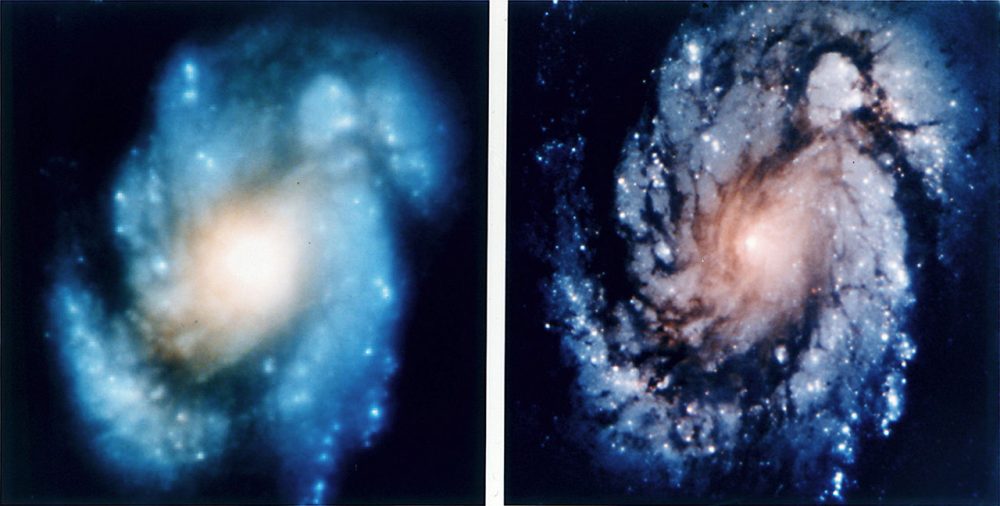
Finally, three years after the original plan, Hubble was ready to begin its real work which continues to this day almost 30 years later. Of course, over time, Hubble was upgraded and improved on several occasions accordingly with the latest technologies. In order to appreciate the real work of Hubble, we have selected 10 of the most incredible images of celestial objects ever taken by the telescope. Enjoy!
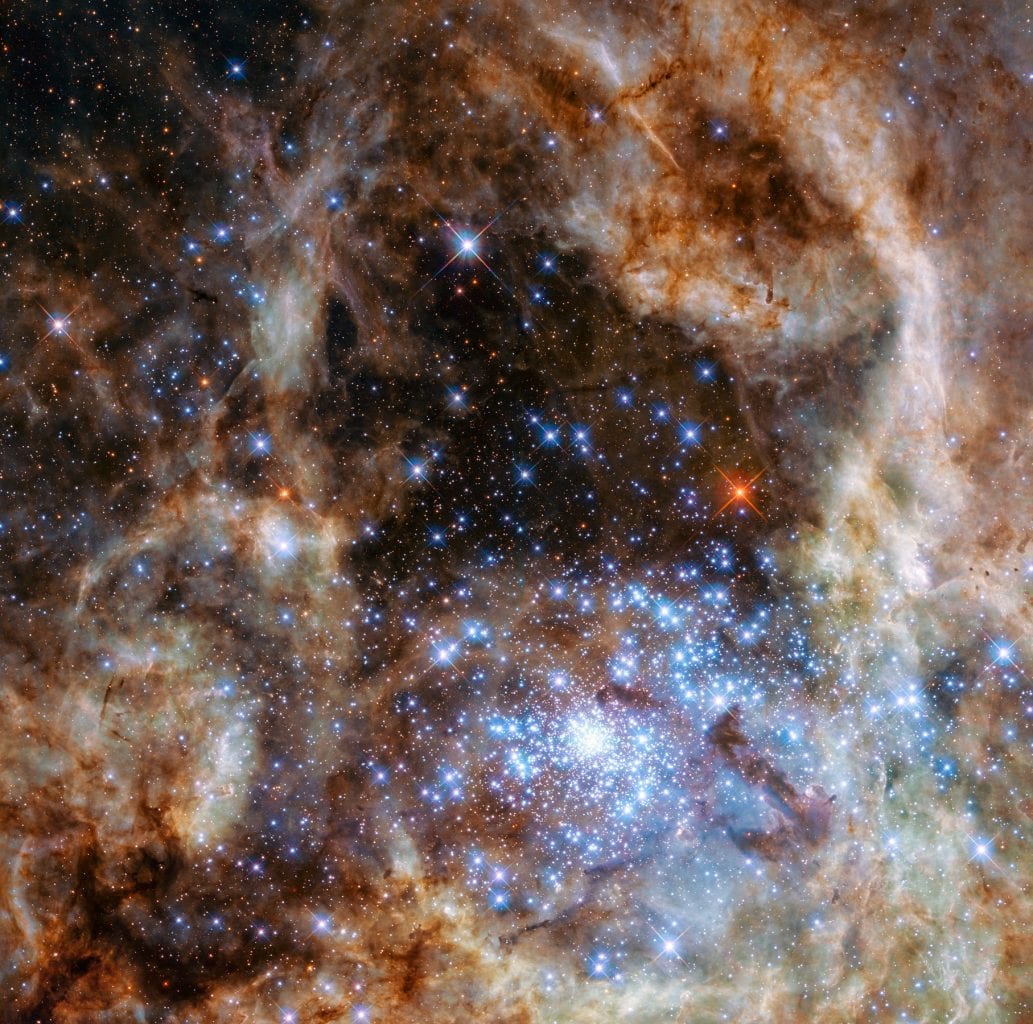
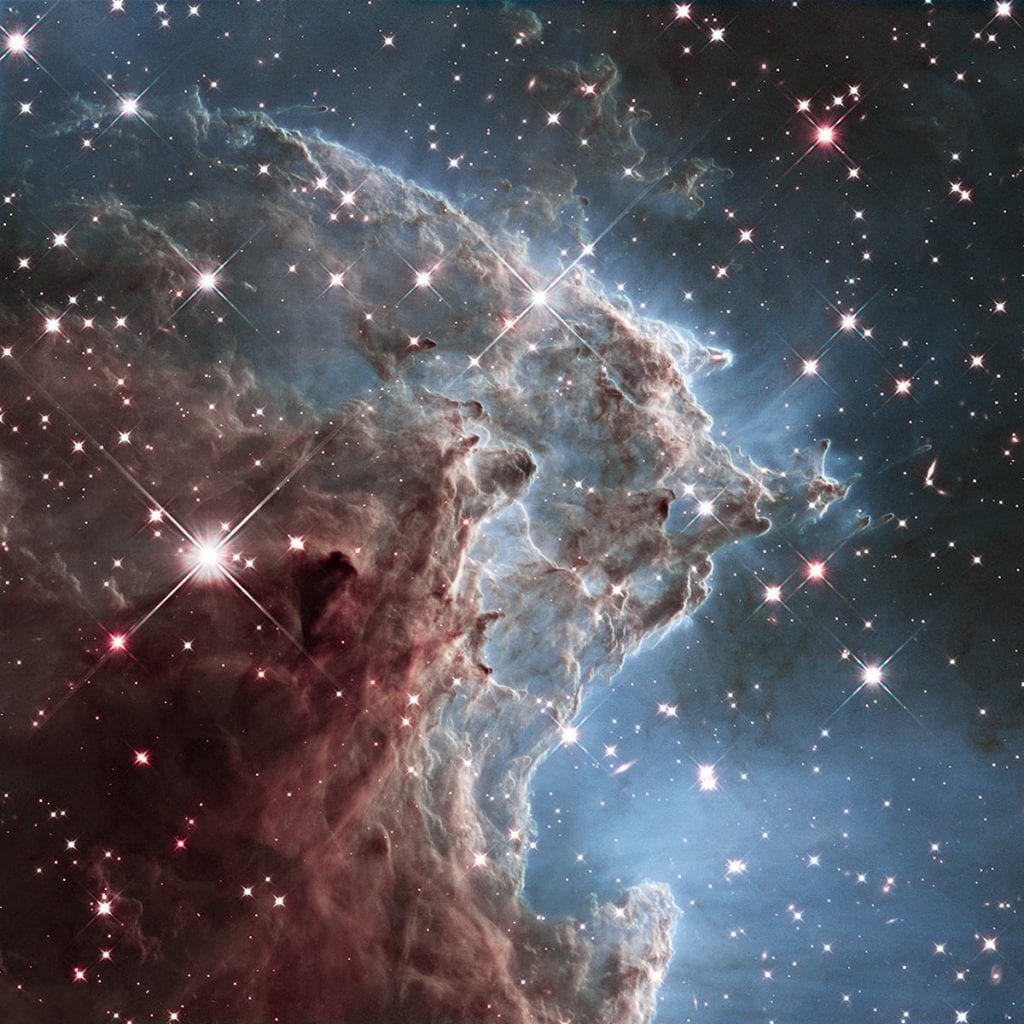
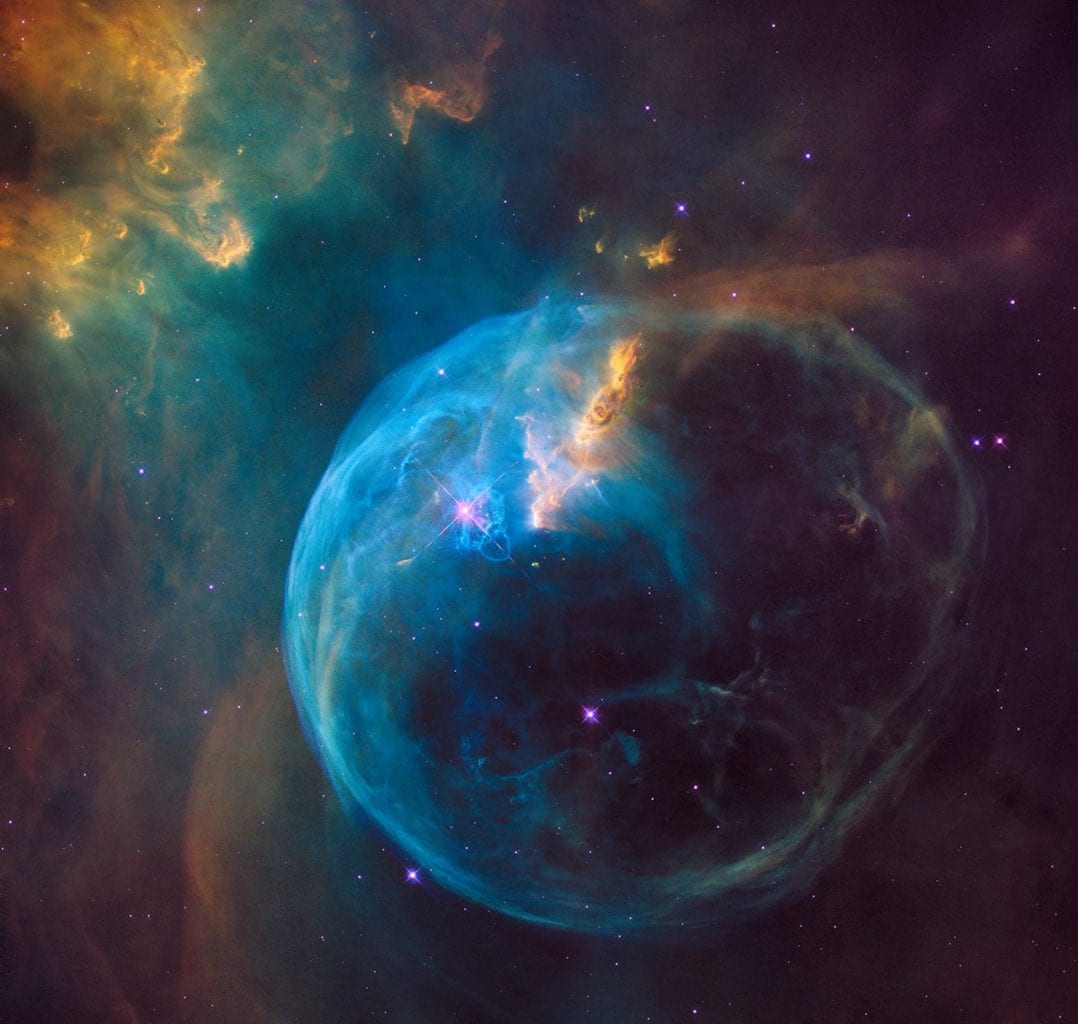
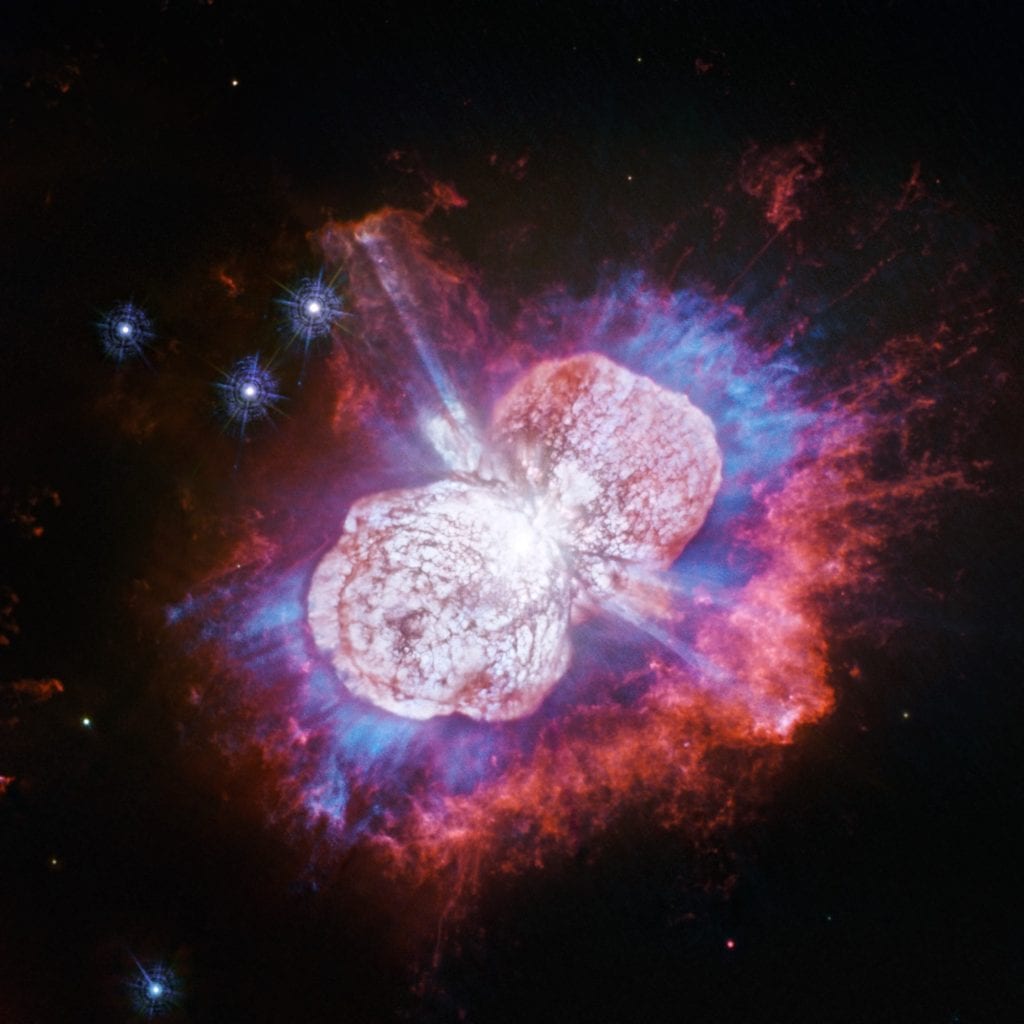

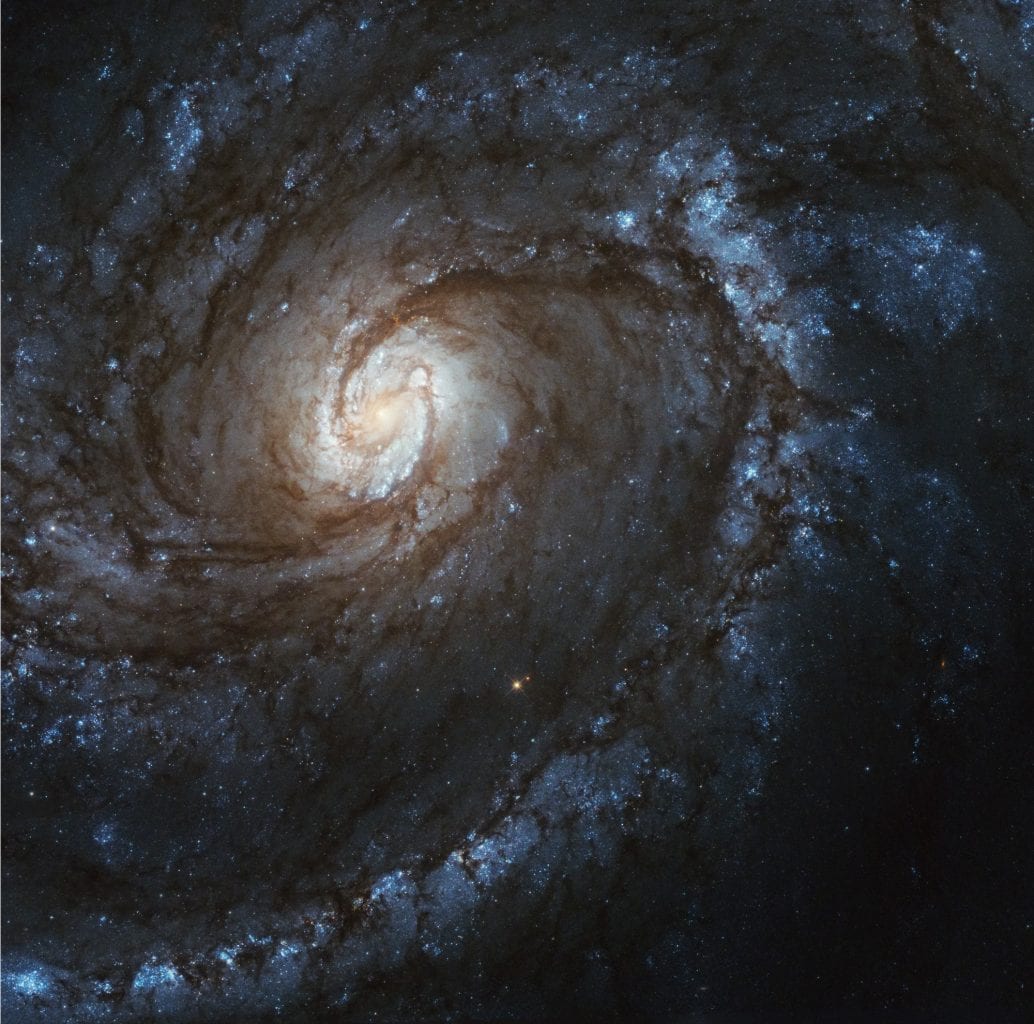
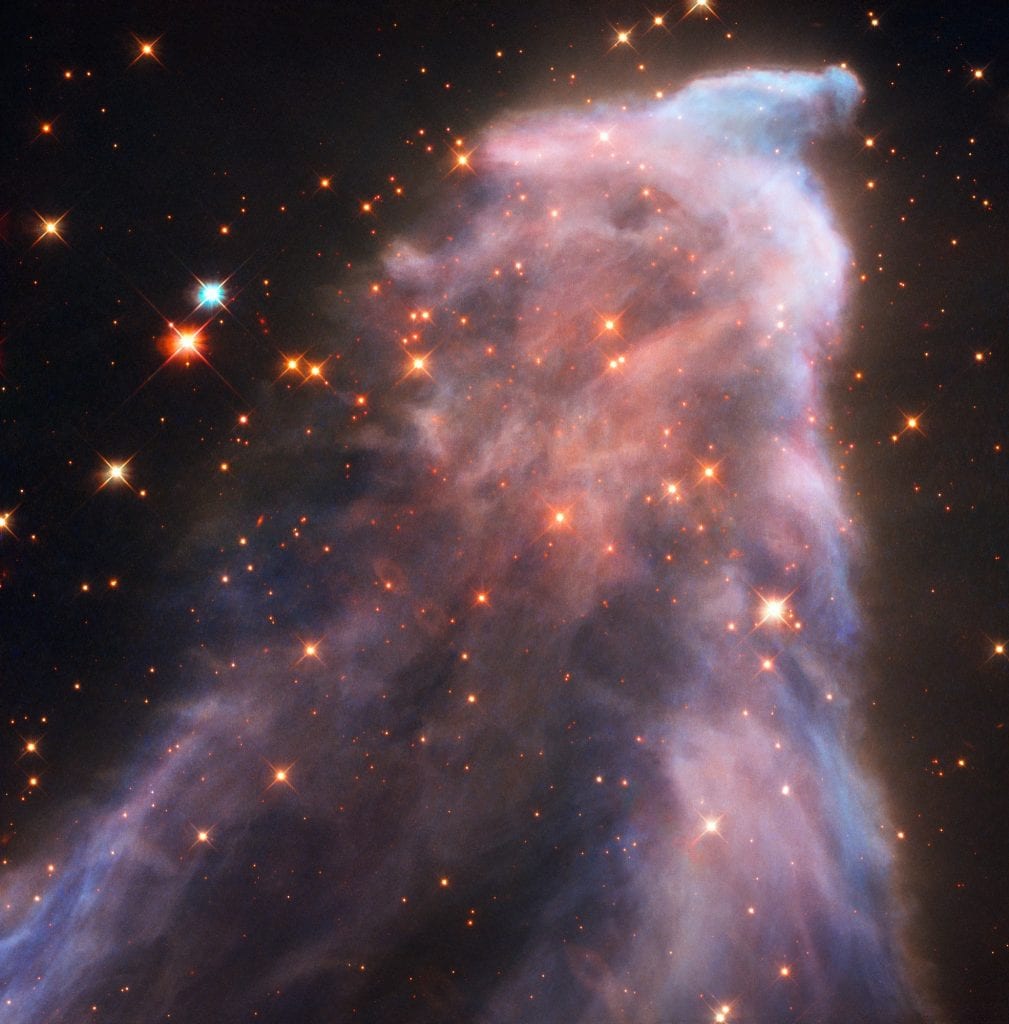

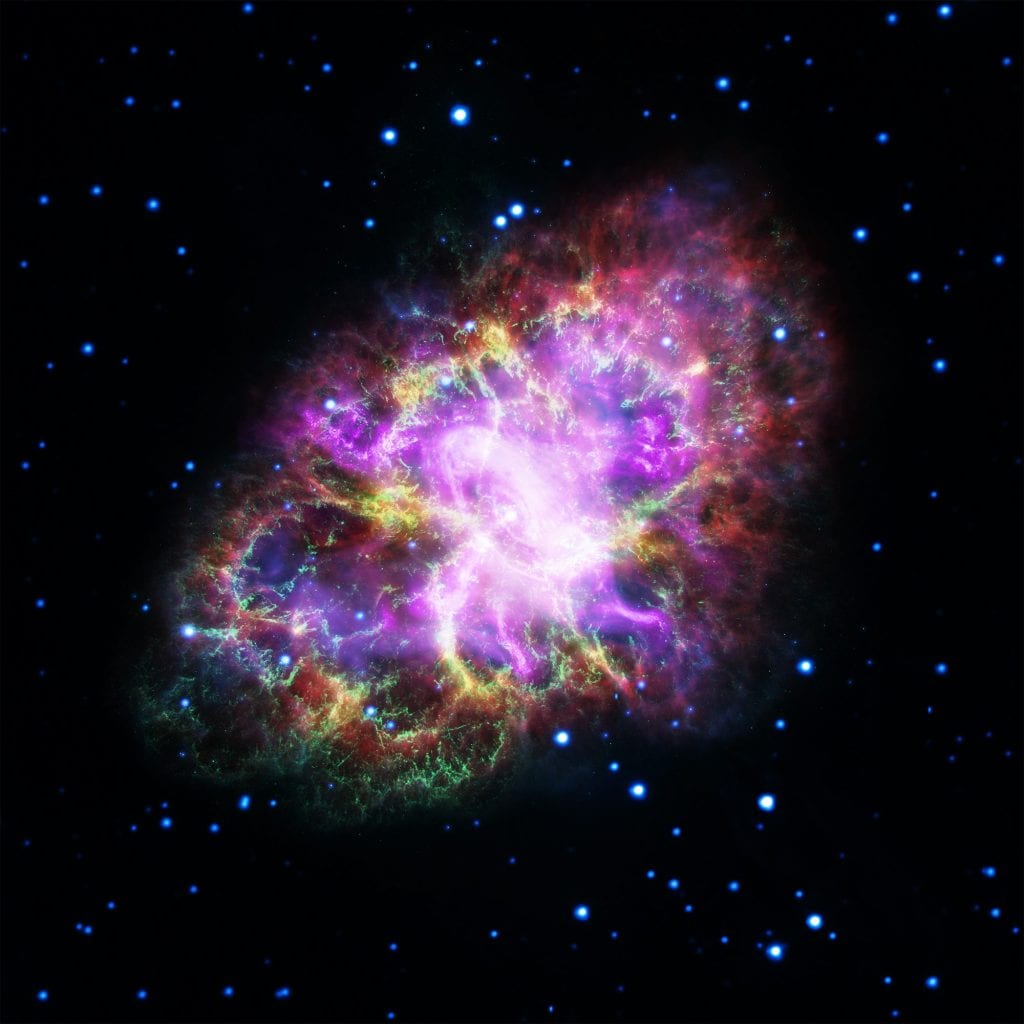
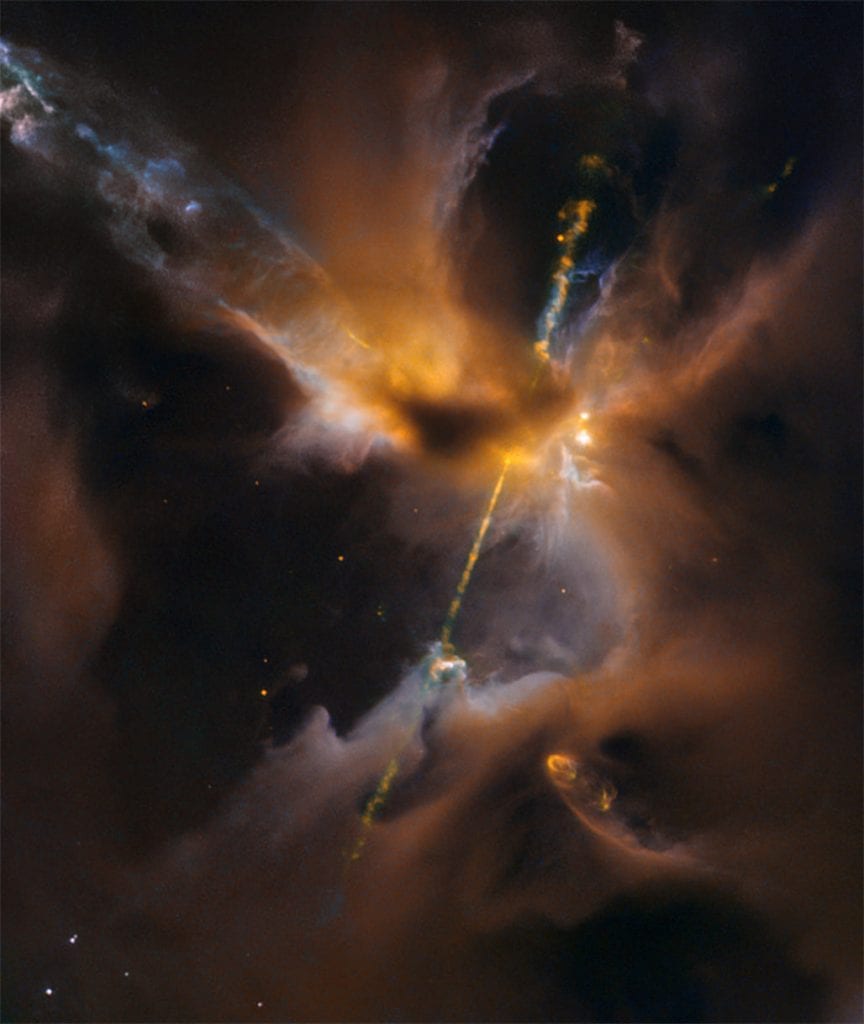
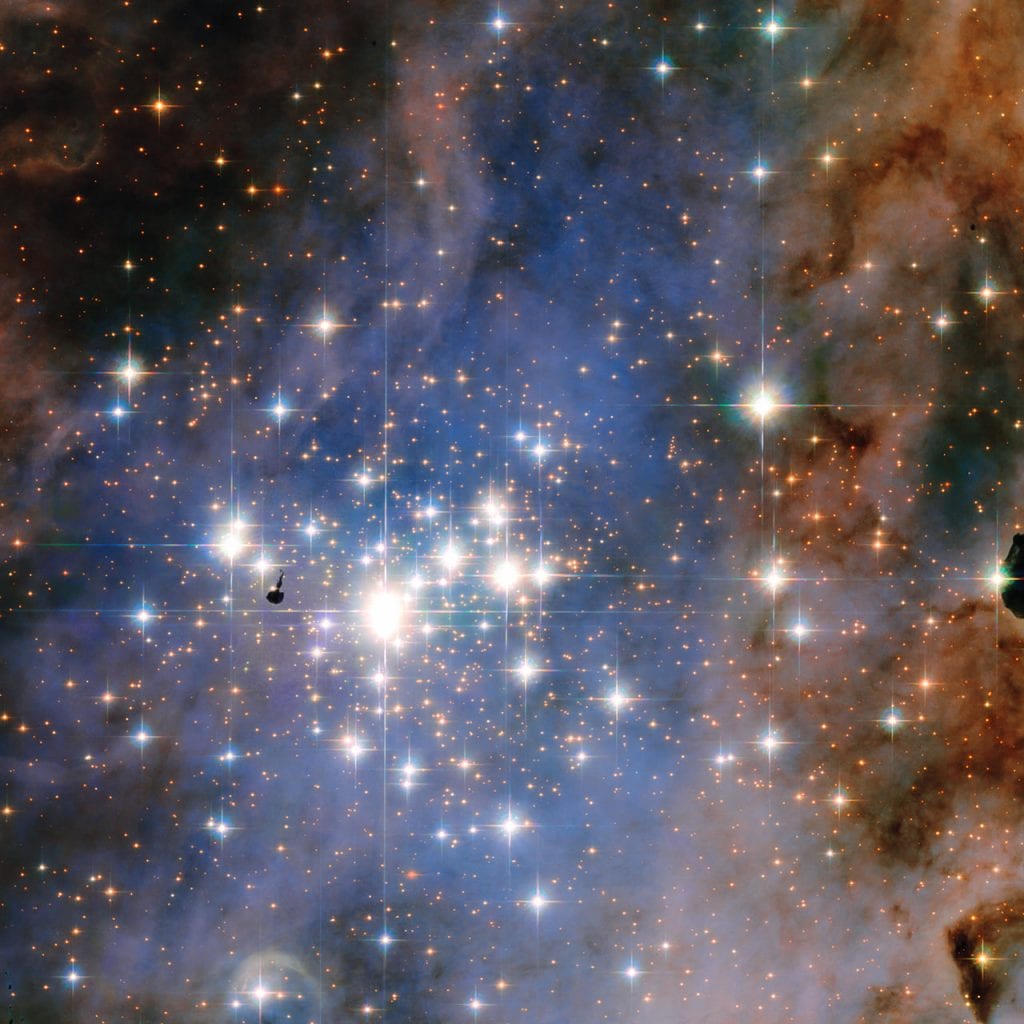

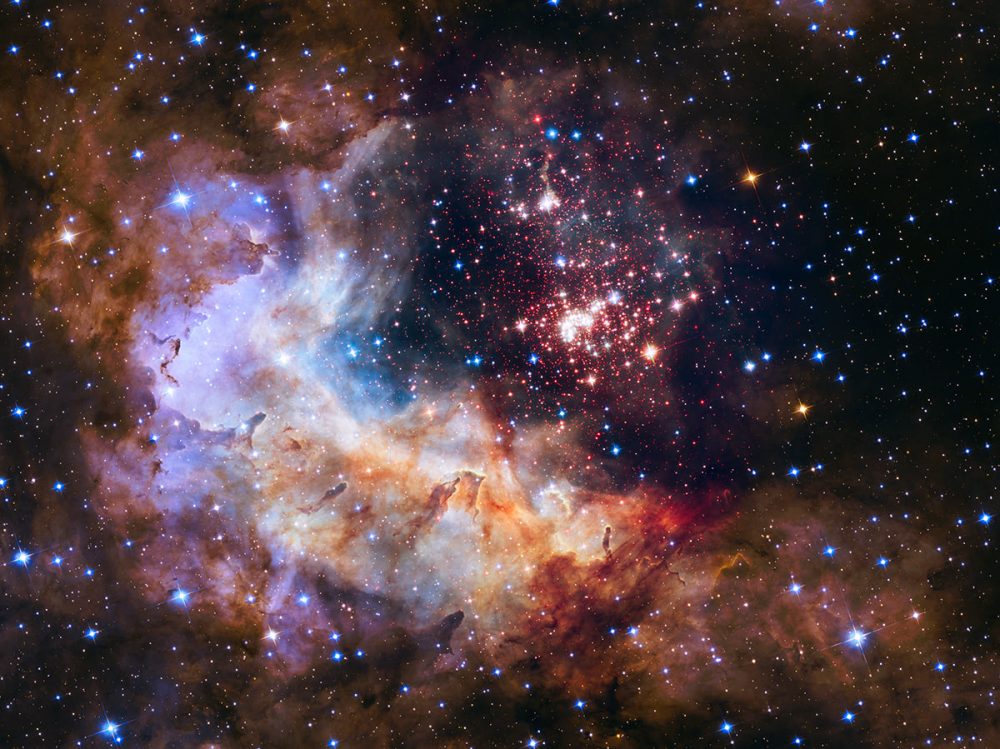
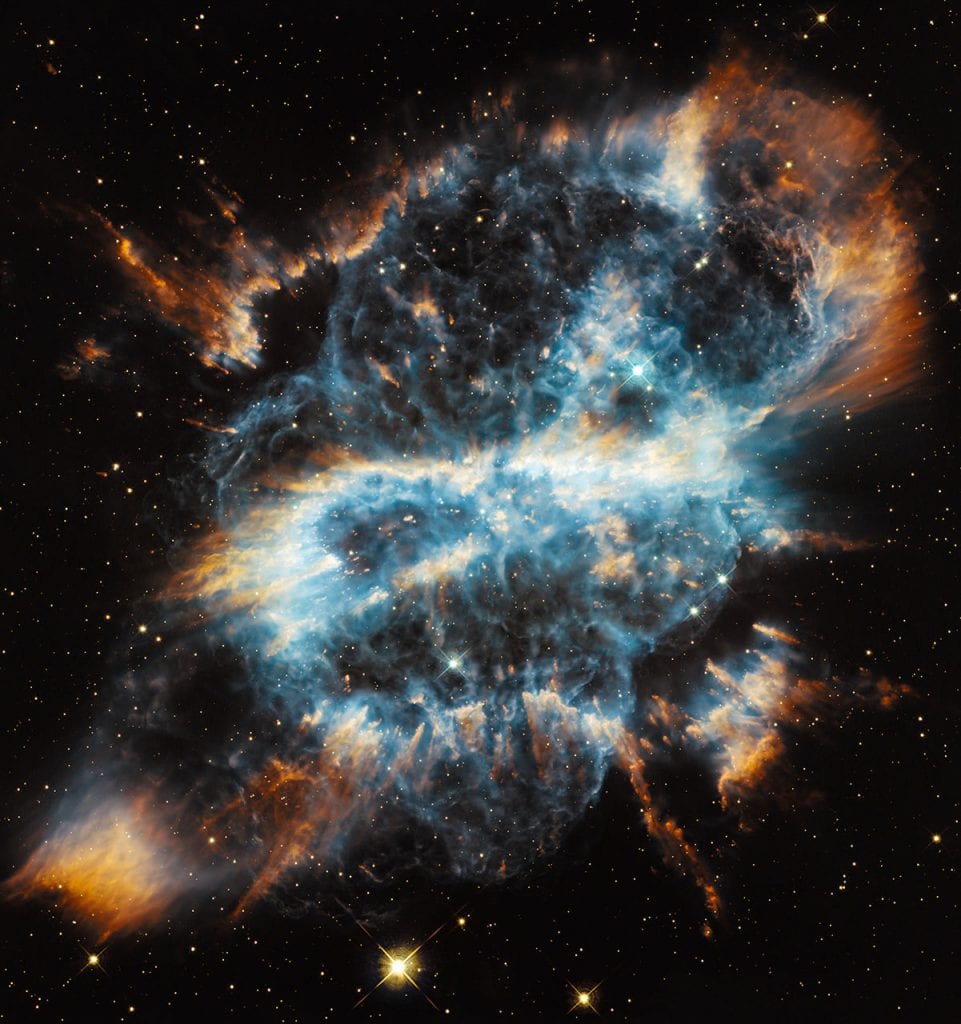
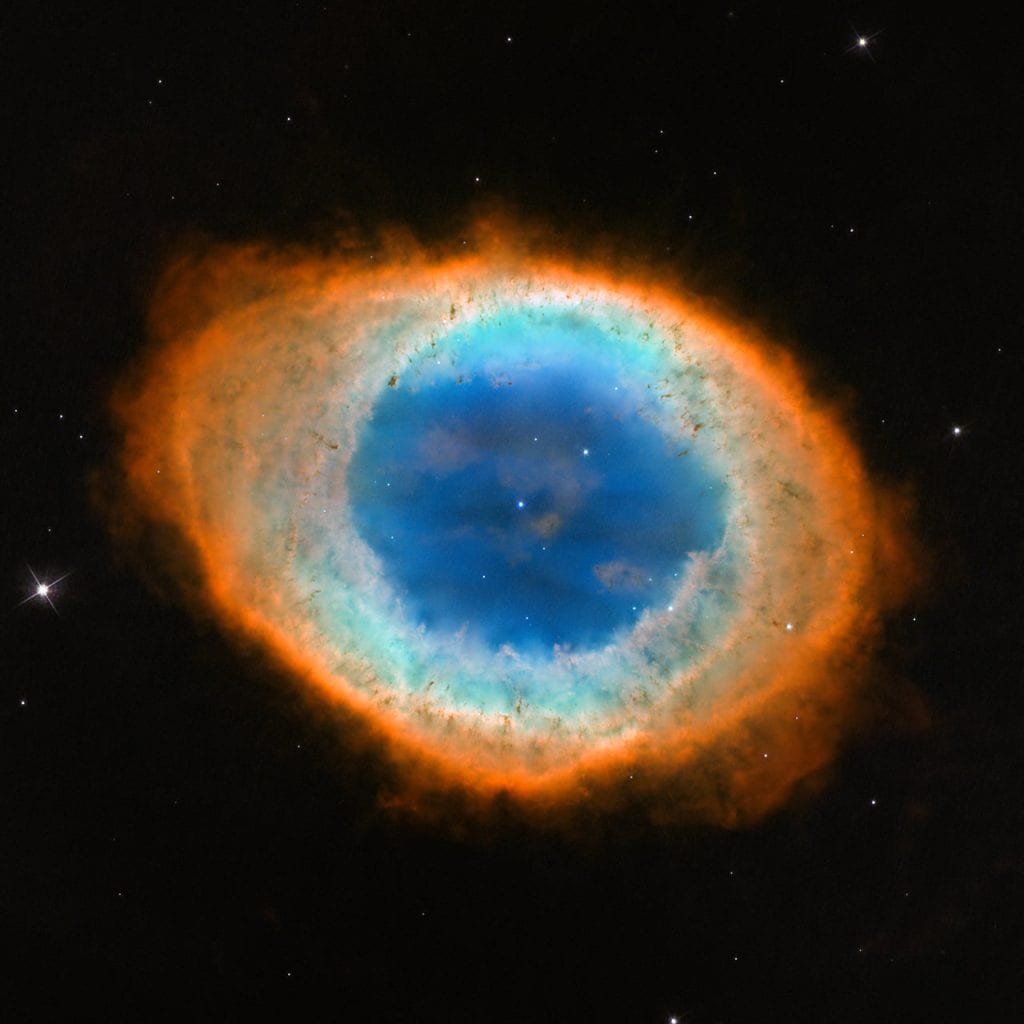
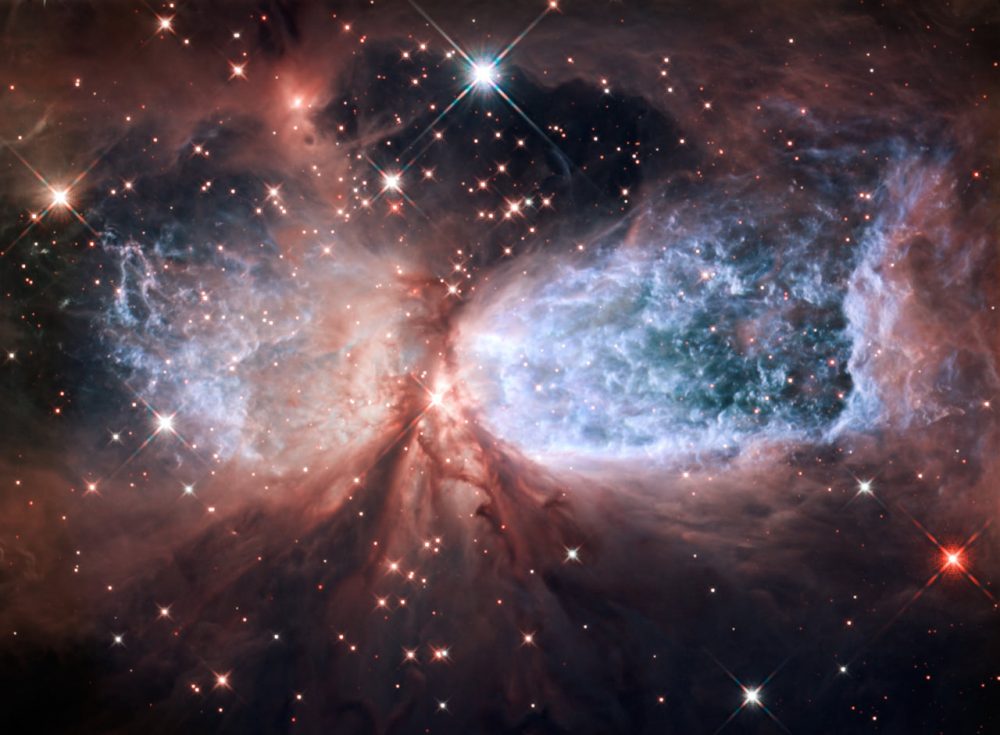
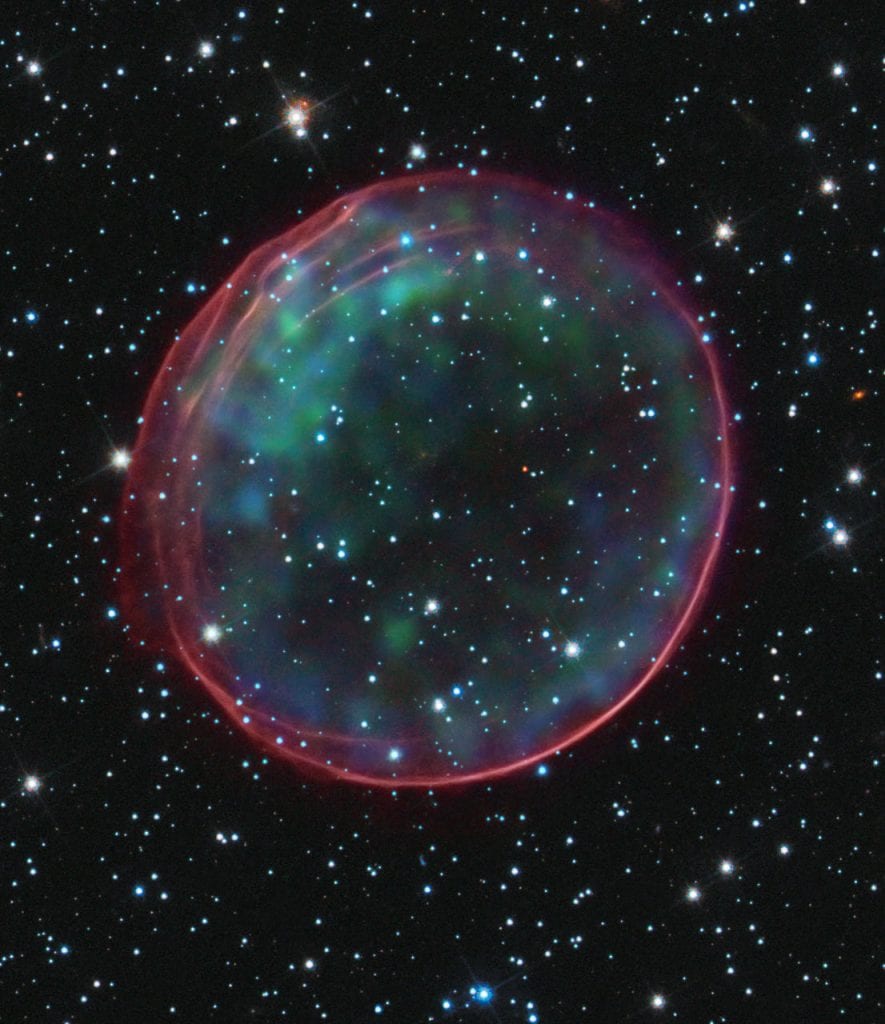
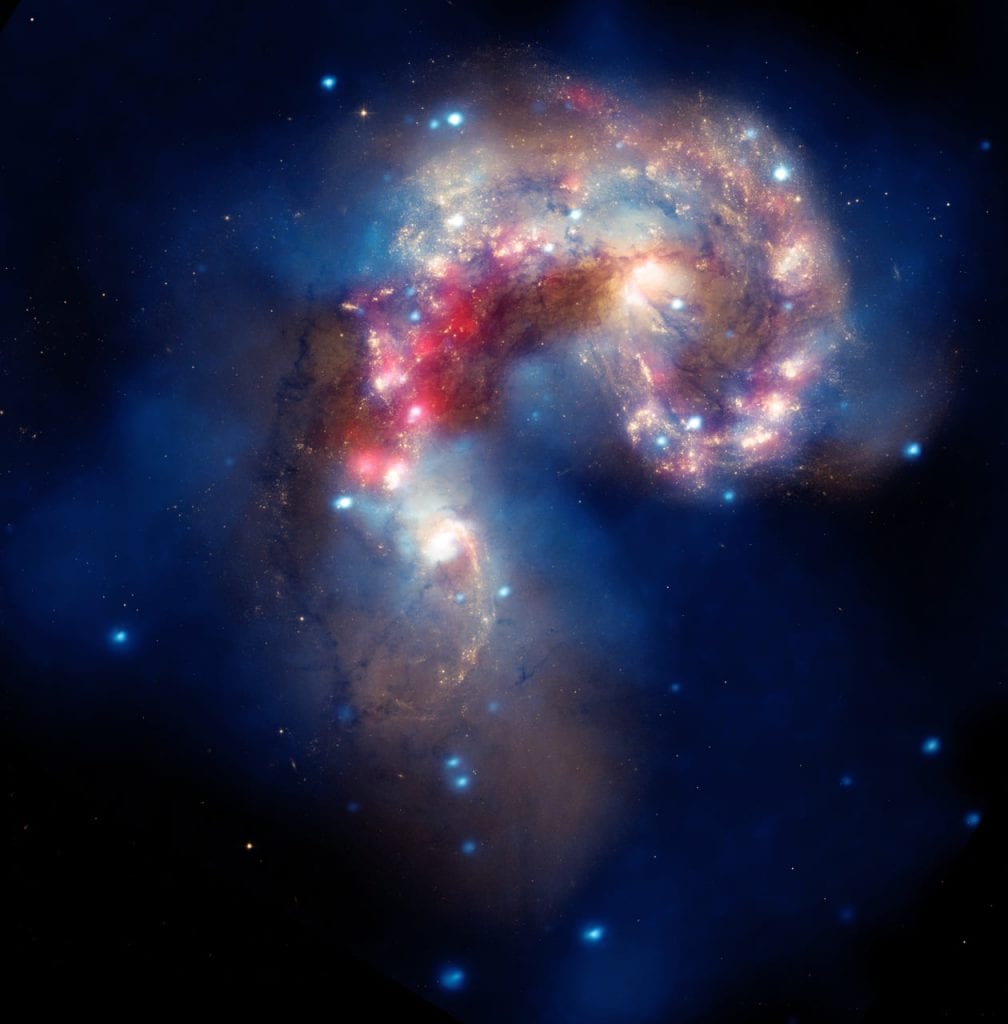
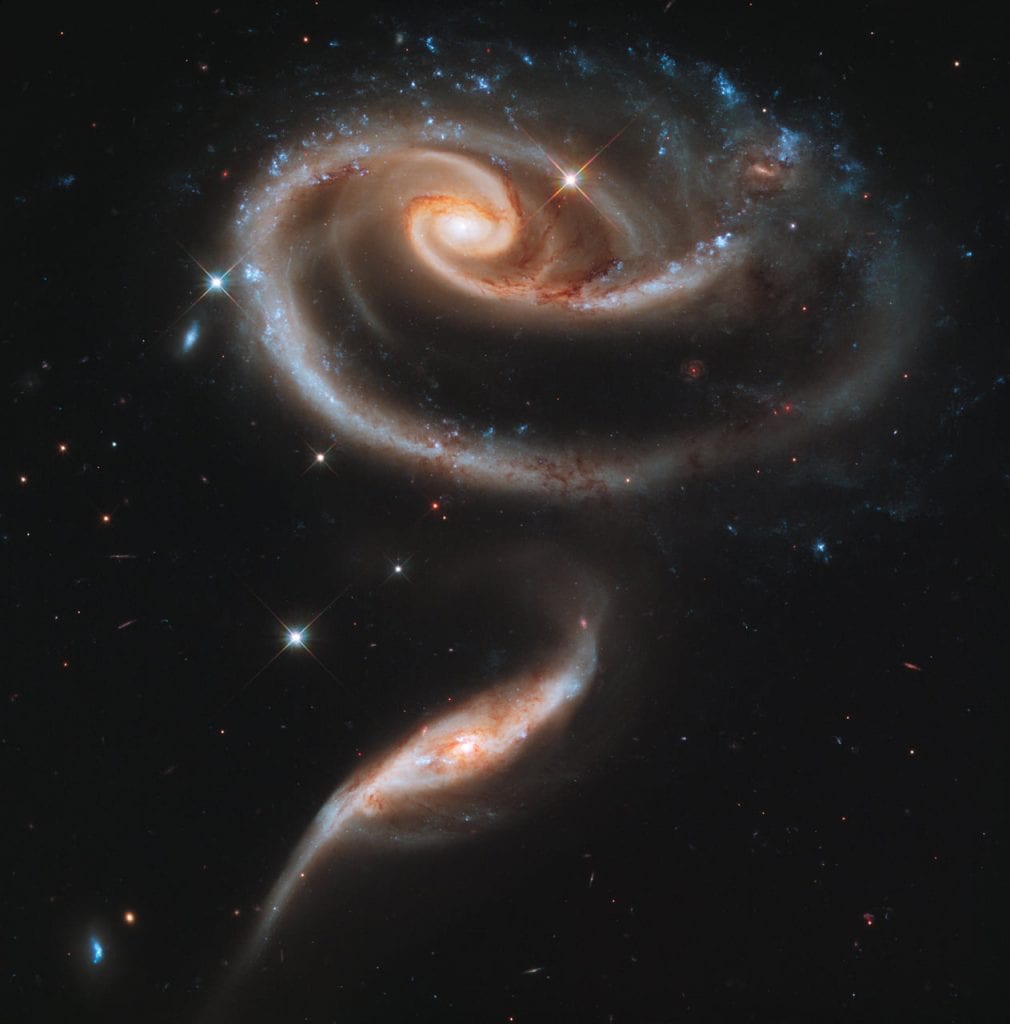
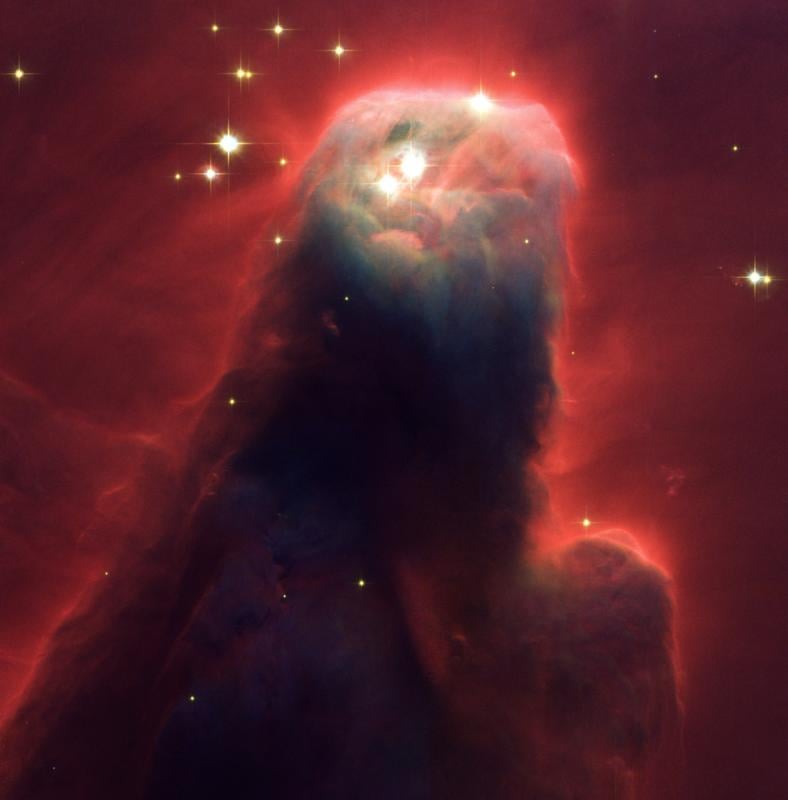
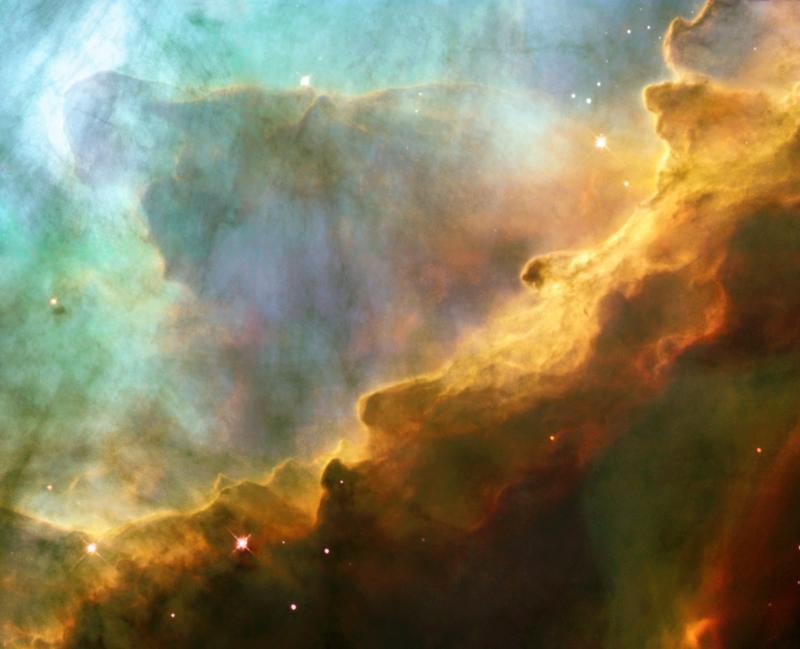
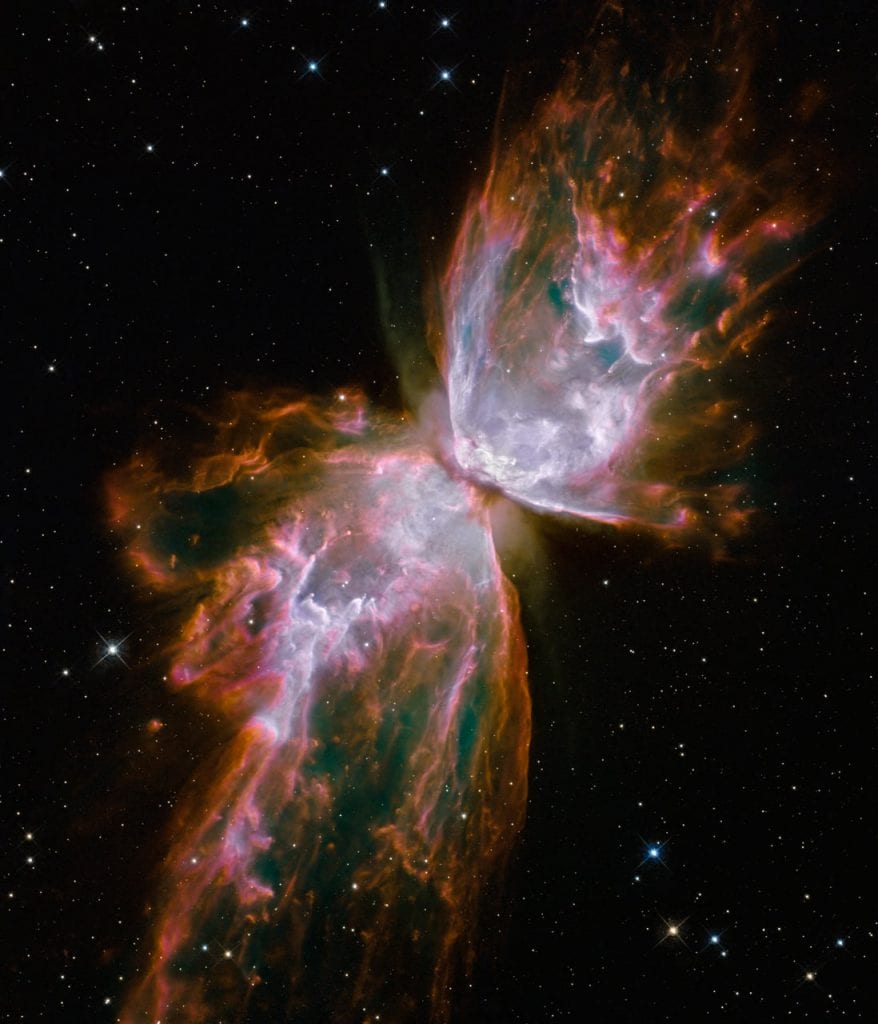
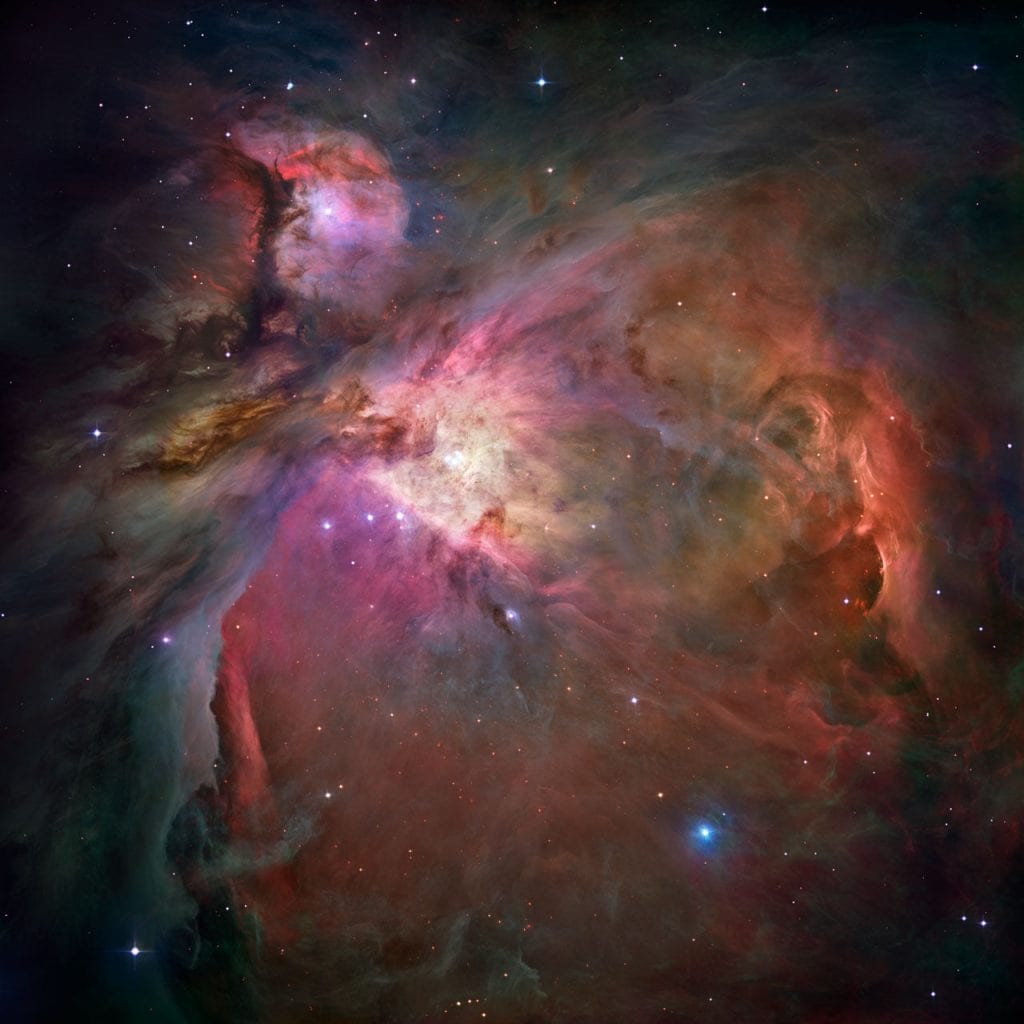
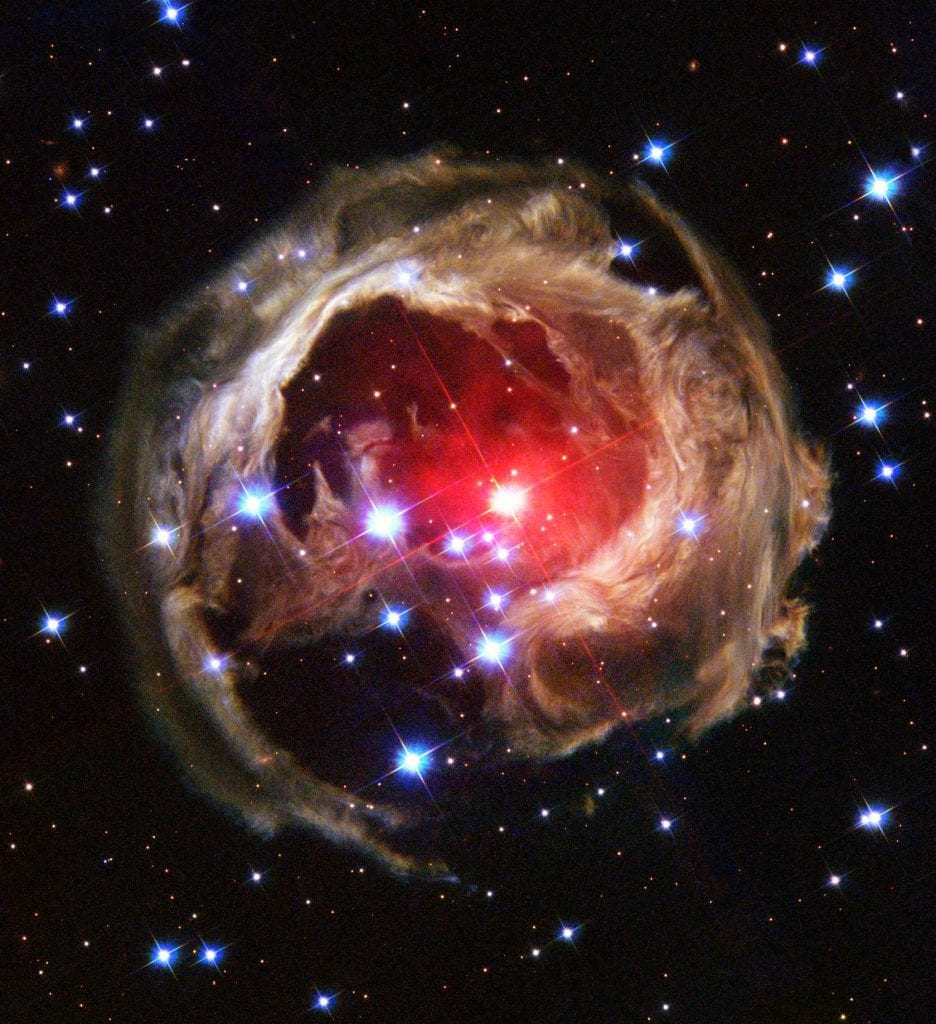
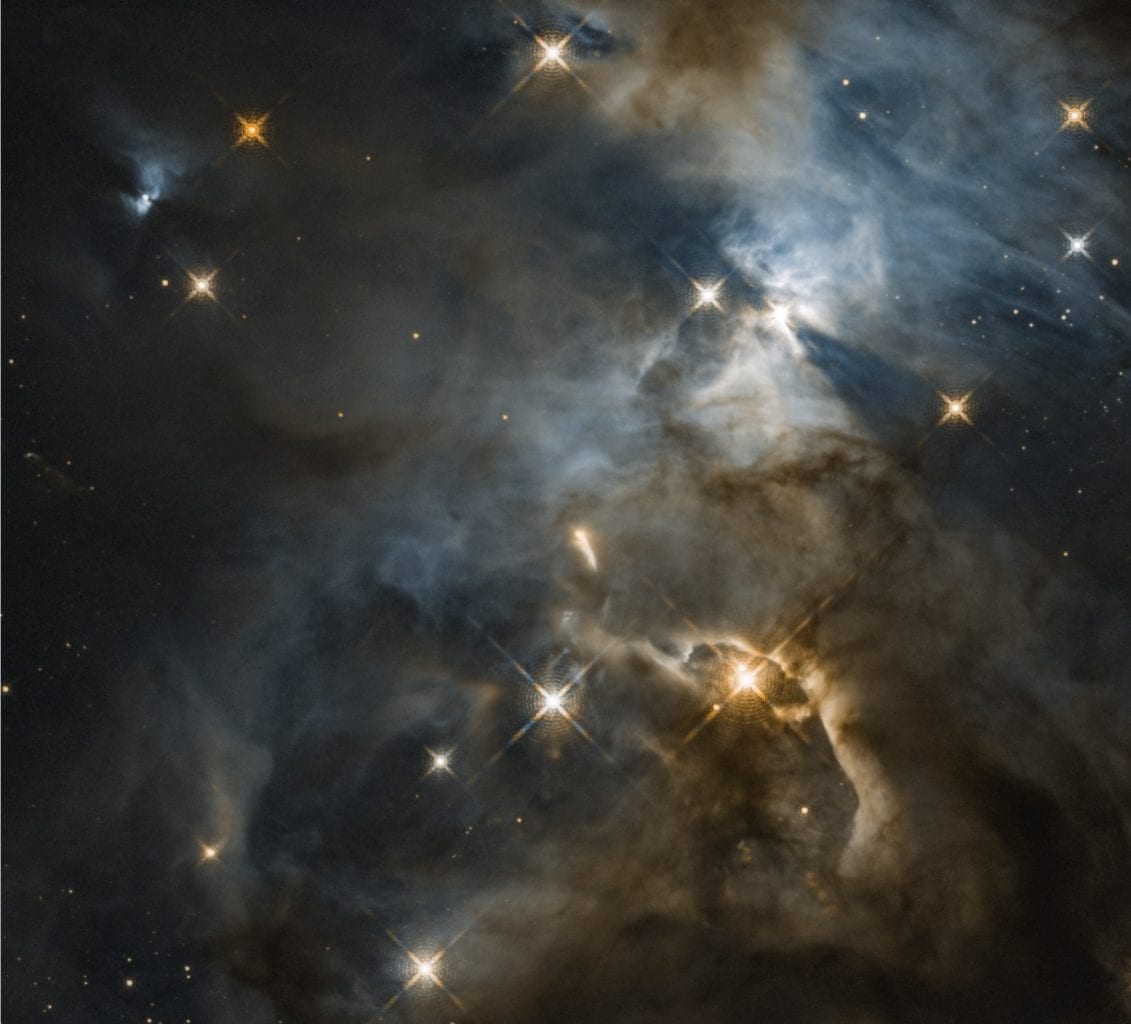
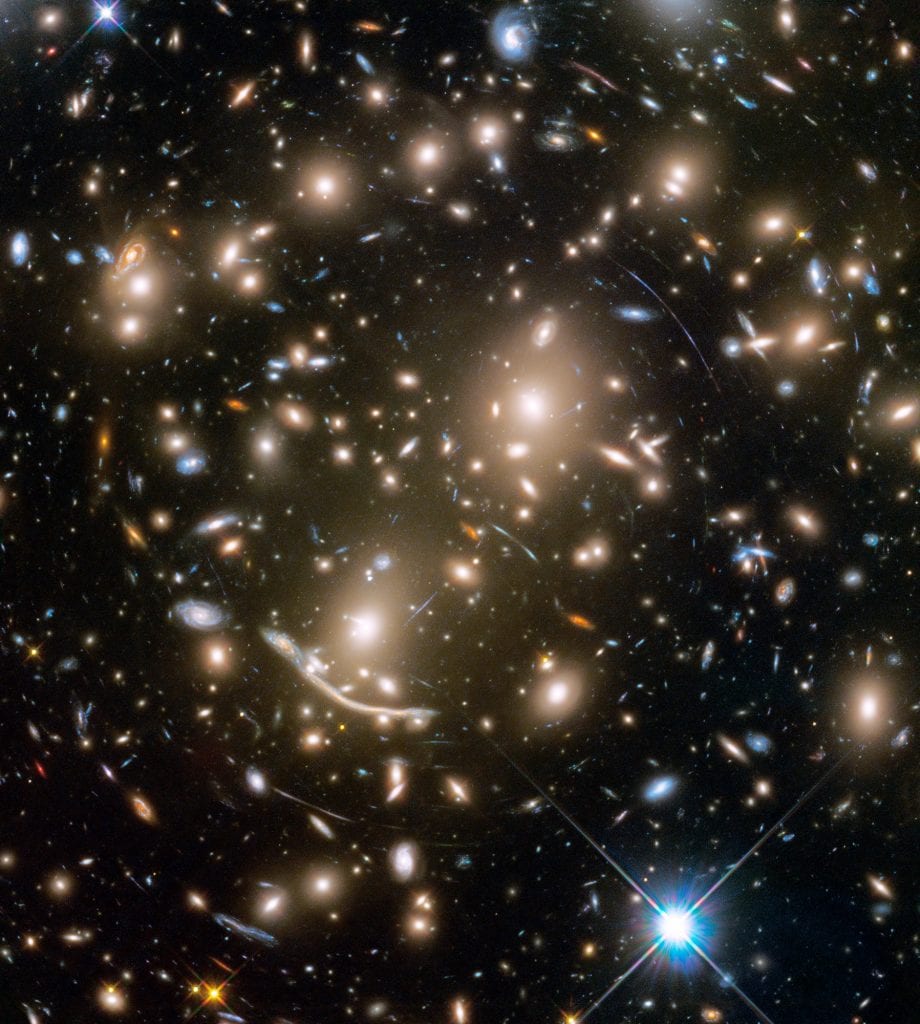



No comments:
Post a Comment